Take a look at your nails, do they look healthy? Healthy nails are usually strong, not easy to break, evenly pink in color, smooth without ridges, have intact cuticles, a visible lunula (the white crescent at the base of the nail), and are firmly attached to the skin underneath.
But even healthy nails can be damaged by a habit that many people consider harmless: nail picking.
People often do it when they’re anxious, bored, or even without realizing it. Unfortunately, this habit can cause problems not only for your nails but also for your teeth and skin.
The Risks of Nail Picking

Once it becomes a habit, nail picking can be tough to stop. If repeated often, it can lead to serious issues, such as:
- Dental problems, including misaligned or chipped teeth.
- Fungal infections under the nail.
- Illnesses are often caused by bacteria entering the mouth through contact with contaminated fingers.
- Oral issues, including jaw pain or soft tissue injuries.
- Skin infections around the nails.
- Damage to the nail, cuticle, and surrounding tissue.
Hangnails
Picking your nails often causes hangnails—tiny pieces of torn skin that form beside the nail. If you bite them off, the tear can spread wider and become infected.
Ingrown Nails
Nail picking also increases the risk of ingrown nails. While more common in toenails, anyone can get them. Ingrown nails can be very painful and may lead to serious infection if untreated.
Nail Infections (Paronychia)
When nail picking damages the skin around the cuticle, bacteria can easily enter. This may cause paronychia, which comes with symptoms like:
- redness;
- tenderness or pain;
- swelling;
- pus;
- warmth in the affected area.
If left untreated, the infection may damage the nail. In rare but severe cases, it can spread to the bone or require nail or finger removal to prevent further infection.
How to Stop Nail Picking
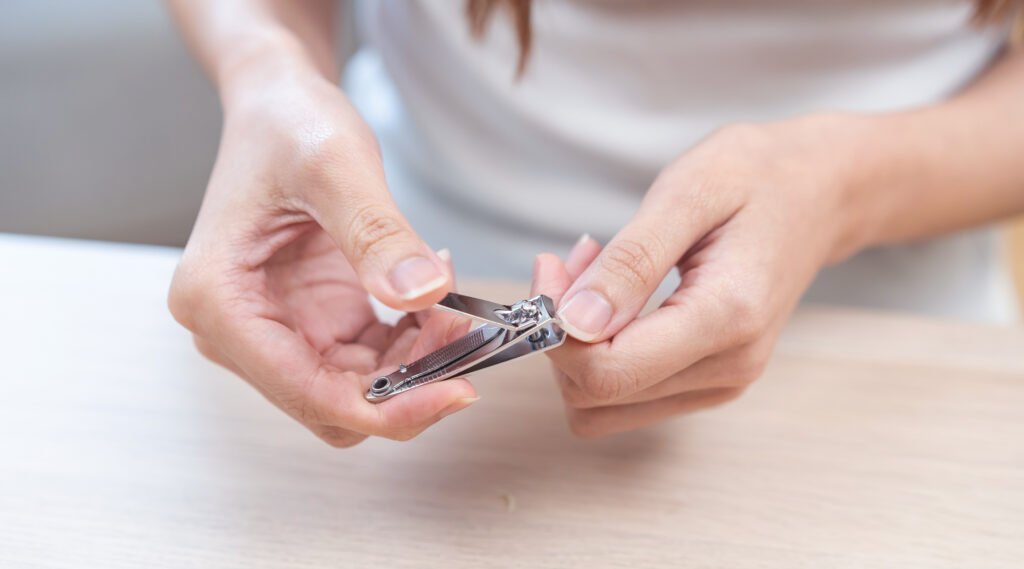
Breaking the habit isn’t easy, especially if you’ve done it for a long time. But it’s possible! Here are some tips that can help:
1. Identify Your Triggers
Do you pick your nails when you’re anxious, bored, or without realizing it? Knowing the trigger helps you find healthier distractions.
2. Keep Your Nails Short
Well-trimmed nails are less tempting to pick.
3. Try Nail Treatments
Use clear nail polish with a bitter taste designed to stop nail-scraping.
4. Find Alternatives
When you feel the urge, squeeze a stress ball, chew gum, or do another activity to ease your anxiety.
5. Care for Your Nails and Hands
Use moisturizers or cuticle oil to keep nails healthy and less prone to damage.
6. Seek Professional Help
If your nail picking is linked to anxiety or has already caused serious infections, consult a doctor or healthcare professional.
Remember, healthy nails aren’t just about looks. They’re an important part of your overall health. So, let’s break the nail-picking habit starting today!
References
AI Care. Accessed in 2025. Nail Biting: The Health Risks You Should Know.
Healthline. Accessed in 2025. How to Finally Stop Biting Your Nails.
Mayo Clinic. Accessed in 2025. Fingernails: Do’s and don’ts for healthy nails.







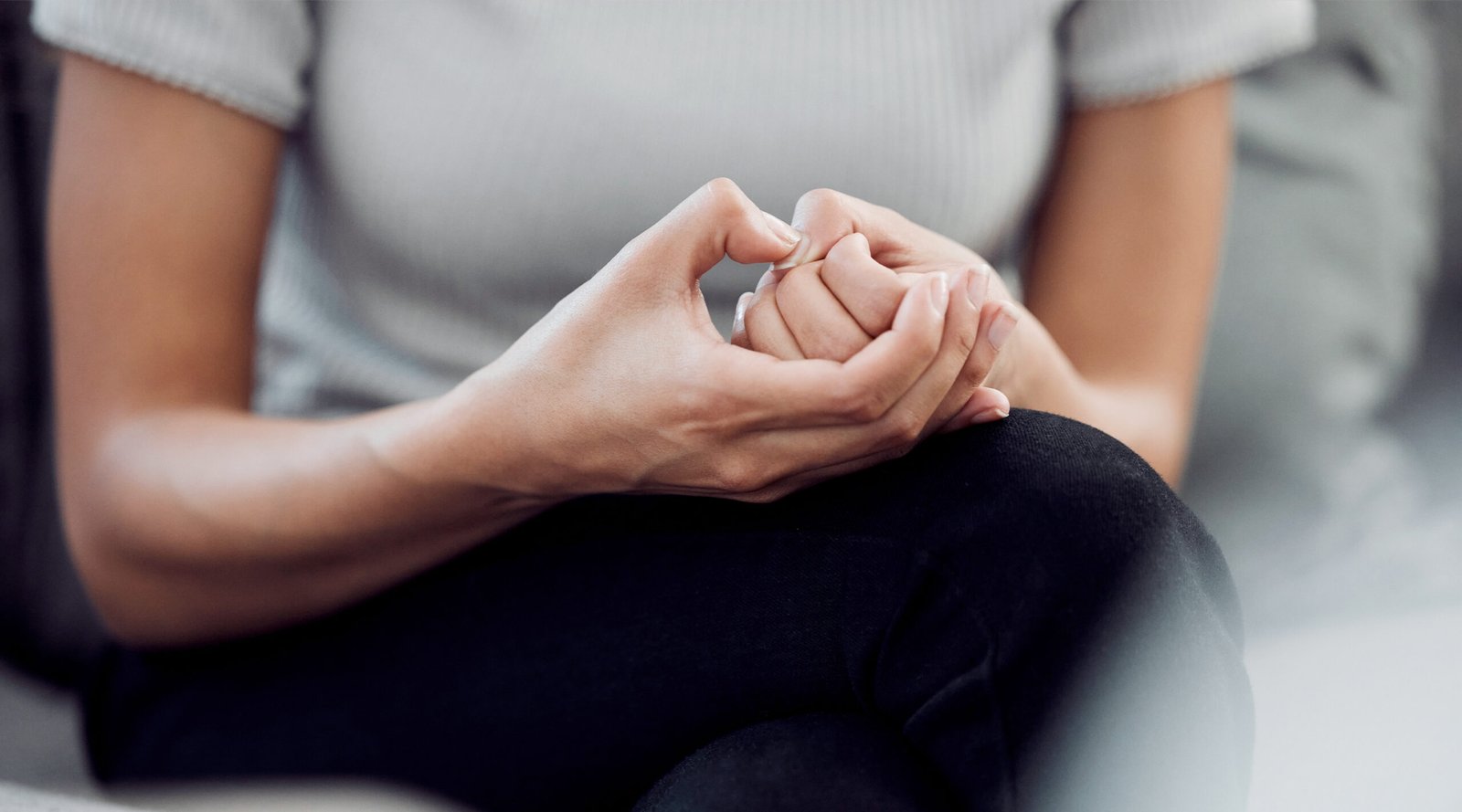
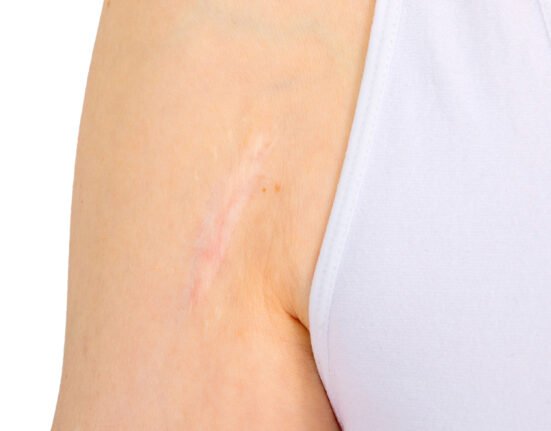
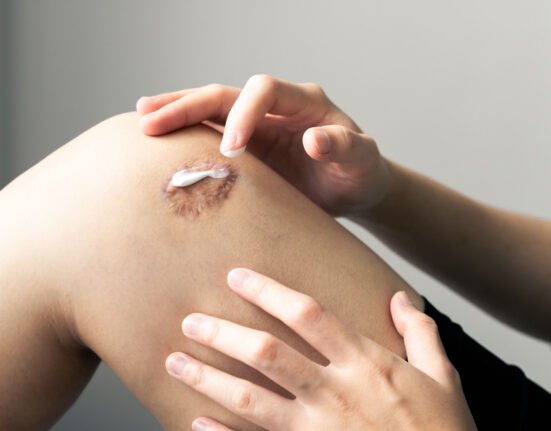
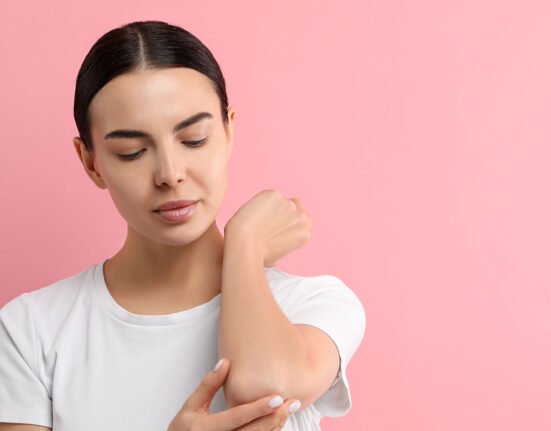



Leave feedback about this